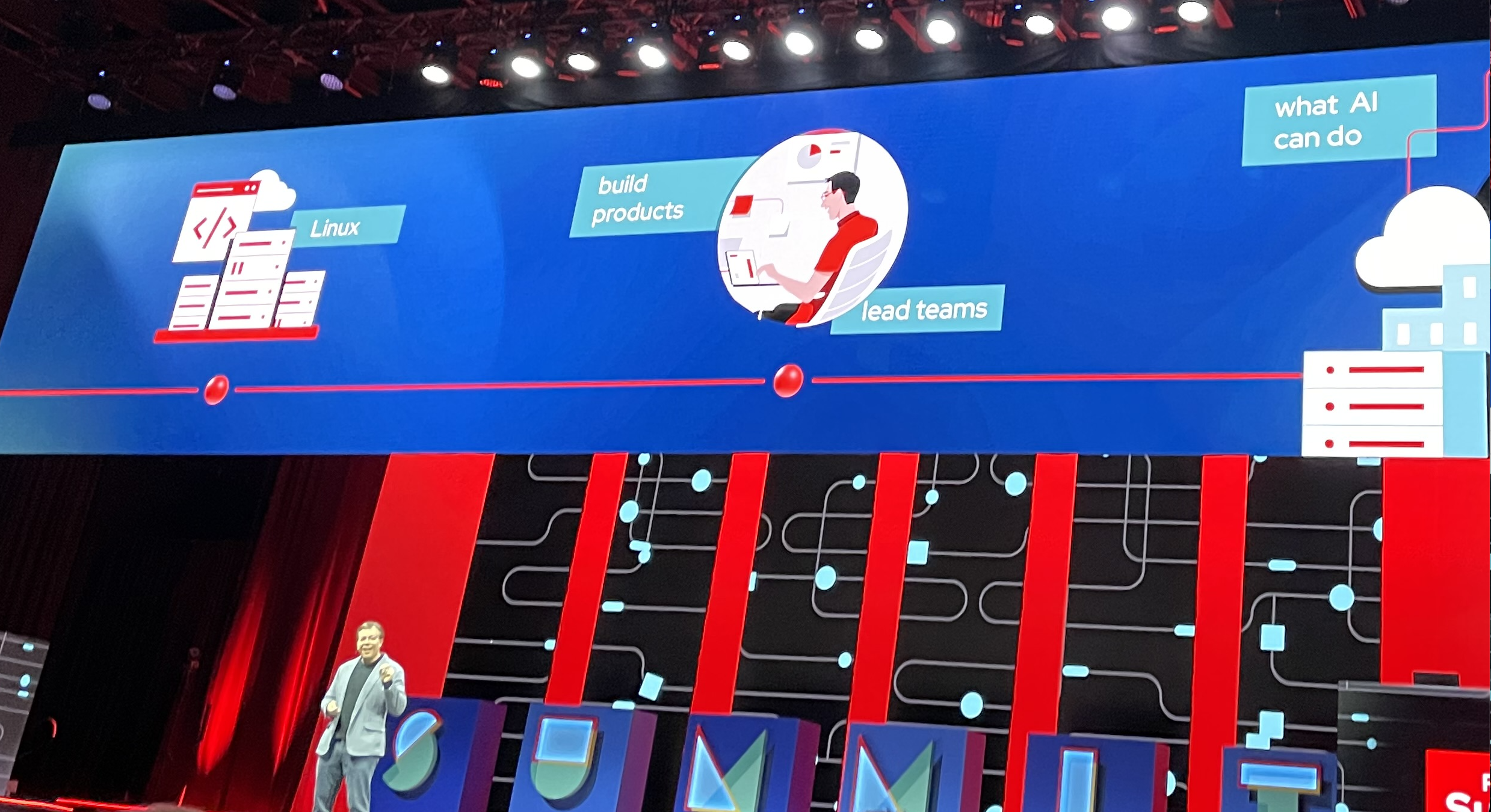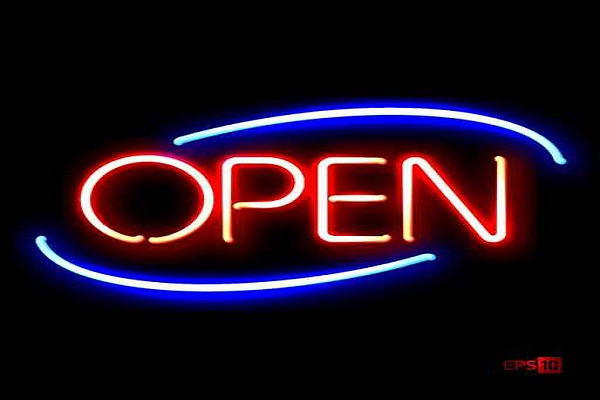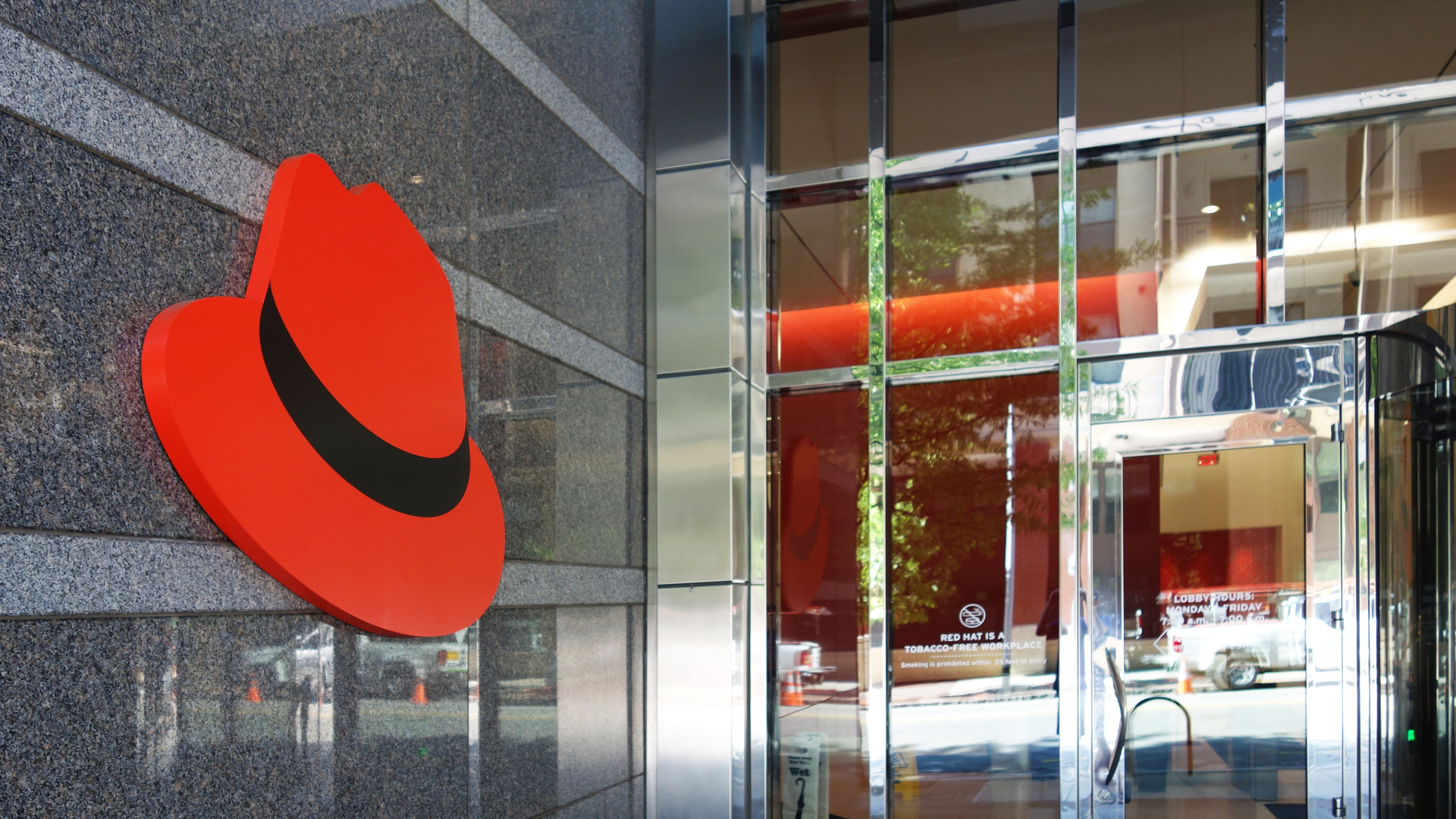Red Hat CEO: We’ll meet you at any stage of your AI journey
Open source giant backs up AI vision with a raft of announcements at its annual conference


AI may be the talk of the town, but Red Hat is betting big and believes that adding open source to the mix will be what moves the needle.
That was the message attendees got from the opening keynote at this year’s Red Hat summit as the firm’s president and CEO Matt Hicks took to the stage to unveil some big news and generate excitement around how its customers and partners can get on board.
“This year’s summit is going to hone in on the intersection of open source and AI and the incredible impact that happens when we combine those two. It’s hard to even describe just how much AI has advanced since last summer," Hicks said. "We said it was ‘the moment of AI’ and for those of us trying to keep track of the changes, it’s been a long moment."
“The rate of innovation has only accelerated. It is every month, every week, every hour at this point. But in all the advancements, the most interesting thing that has happened to AI over the last year has been the explosion of choices.
"What used to be only achievable in trillion parameter models is now being replicated in models orders of magnitude. Capabilities that just a year ago were coupled to high-end, fairly exotic hardware can now run on a laptop. Training techniques that once ran in the hundreds of millions of dollars are now being replicated for a few thousand.”
An open source education from Red Hat
Looking back two decades ago, academic breakthroughs took an age, according to Hicks who said “The rule of thumb, I would often say, was about 10 years to never.”
This was because the pace at which academia and software were working were massively at odds. It made it almost impossible to find a “meaningful intersection" between the two worlds. That all changed when academia embraced open source, according to Hicks.
Sign up today and you will receive a free copy of our Future Focus 2025 report - the leading guidance on AI, cybersecurity and other IT challenges as per 700+ senior executives
“These days it feels like we go from breakthrough to model in a week,” he said. “The capabilities in AI are being developed by some of the best academic researchers on the planet. And open source gives them a channel for their work.”
Myriad press announcements hit today, a heady mix of product, customer and partner news. Not all were AI-focused, but the topic definitely dominated and with good reason as it’s a solid direction of travel for Red Hat.
Key highlights in the news lineup included the launch of:
- Red Hat Enterprise Linux AI (RHEL AI), which is now available as a developer preview.
- RHEL Lightspeed, which will infuse GenAI capabilities across the firm’s Linux and hybrid cloud applications and platforms to help reduce complexity and increase efficiency when it comes to computing tasks.
- Image mode for RHEL, which is now available as a technology preview in RHEL 9.4.
- Podman AI Lab which extends on the capabilities of Podman Desktop and enables developers to make use of an intuitive GUI to create, test and then run GenAI-powered apps in containers.
- Instruct Lab, an open source initiative created by Red Hat in collaboration with IBM Research, designed to enhance LLMs that are used in GenAI apps. The hope being that barriers to entry will be removed so almost anyone can get involved.
Open for AI business
Red Hat has already done a lot to help realize the promise of AI. But there is still much more to be done. The company realizes it cannot do this alone.
Indeed, as is the open source way, community, collaboration, cooperation and, at times, 'coopition' that will enable Red Hat to turn theory into reality when it comes to delivering impactful AI use-cases.
“AI won’t be built by a single vendor. It isn’t going to revolve around a single monolithic model. Your choice of where to run AI will be everywhere and it’s going to be on open source,” Hicks added.
“When I saw Meta take the first step into the open source arena with their Llama model, making it accessible to the world, it was a tectonic shift," he said. "Then I witnessed Mistral expand on that by releasing a model under the Apache license, allowing unhindered use of what they released. And I’ve watched Hugging Face aggregating the data and models to allow research scientists to iterate on this.”
RELATED WHITEPAPER

“Today, I am very proud to announce that Red Hat is going to add the next link in the chain of open source contributions. We believe in the power of open to drive innovation. That means open licensing, open data, and open contributions.”
While on stage, Hicks reminisced about his start in the industry and his work as a Linux administrator. He said that his passion for tech has been “reinvigorated by seeing what AI can do,” something he said he believes he has in common with the Summit audience.
“I feel fortunate to be experiencing the convergence of open source and AI and am proud to be contributing to it… I know you are all at different points in your AI journey. That's the good thing. There is no set in state end date,” he said.
“Every organization is trying to determine what is real for the industry and what is real for them. Wherever you are, Red Hat can reach you…Let’s show the world what we can do with open source AI.”
Maggie has been a journalist since 1999, starting her career as an editorial assistant on then-weekly magazine Computing, before working her way up to senior reporter level. In 2006, just weeks before ITPro was launched, Maggie joined Dennis Publishing as a reporter. Having worked her way up to editor of ITPro, she was appointed group editor of CloudPro and ITPro in April 2012. She became the editorial director and took responsibility for ChannelPro, in 2016.
Her areas of particular interest, aside from cloud, include management and C-level issues, the business value of technology, green and environmental issues and careers to name but a few.
-
 Trump's AI executive order could leave US in a 'regulatory vacuum'
Trump's AI executive order could leave US in a 'regulatory vacuum'News Citing a "patchwork of 50 different regulatory regimes" and "ideological bias", President Trump wants rules to be set at a federal level
-
 TPUs: Google's home advantage
TPUs: Google's home advantageITPro Podcast How does TPU v7 stack up against Nvidia's latest chips – and can Google scale AI using only its own supply?
-
 Dell Technologies and Red Hat team up to bring generative AI to PowerEdge servers
Dell Technologies and Red Hat team up to bring generative AI to PowerEdge serversThe two companies say the collaboration will help customers ramp up deployment of generative AI models across hybrid cloud environments
-
 Red Hat: Open for business for the foreseeable
Red Hat: Open for business for the foreseeableOpinion Last month’s Red Hat Summit provided much food for thought for many audiences, not least this ITPro content director…
-
 The secret to Red Hat’s success: Trust, trust, and more trust
The secret to Red Hat’s success: Trust, trust, and more trustAnalysis Red Hat turned 31 earlier this year, and while it has evolved, some core tenets – such as trust – remain to this day
-
 Red Hat partners with Lockheed Martin to bring AI to military platforms
Red Hat partners with Lockheed Martin to bring AI to military platformsNews The technology has already been deployed in an unmanned aerial system which helped Lockheed Martin to more accurately classify a military target
-
 Celonis, IBM and Red Hat team up to unlock business execution barriers
Celonis, IBM and Red Hat team up to unlock business execution barriersNews New partnership is also focused on making enterprise digital transformation more flexible
-
 Cloud fuels IBM’s first quarter of growth since 2018
Cloud fuels IBM’s first quarter of growth since 2018News Year-on-year revenue creeps up by 0.1% to $21.8 billion while Red Hat growth ballooned by 24%
